Industrial Report: E-Commerce Drives Industrial Demand Growth
E-commerce still props up a sector that has faced some uncertainty in the wake of new tariff policies, according to CommercialEdge.
Despite short-term uncertainty caused by shifting tariffs, e-commerce continues to be a powerful force, shaping industrial real estate demand, the latest CommercialEdge report shows.
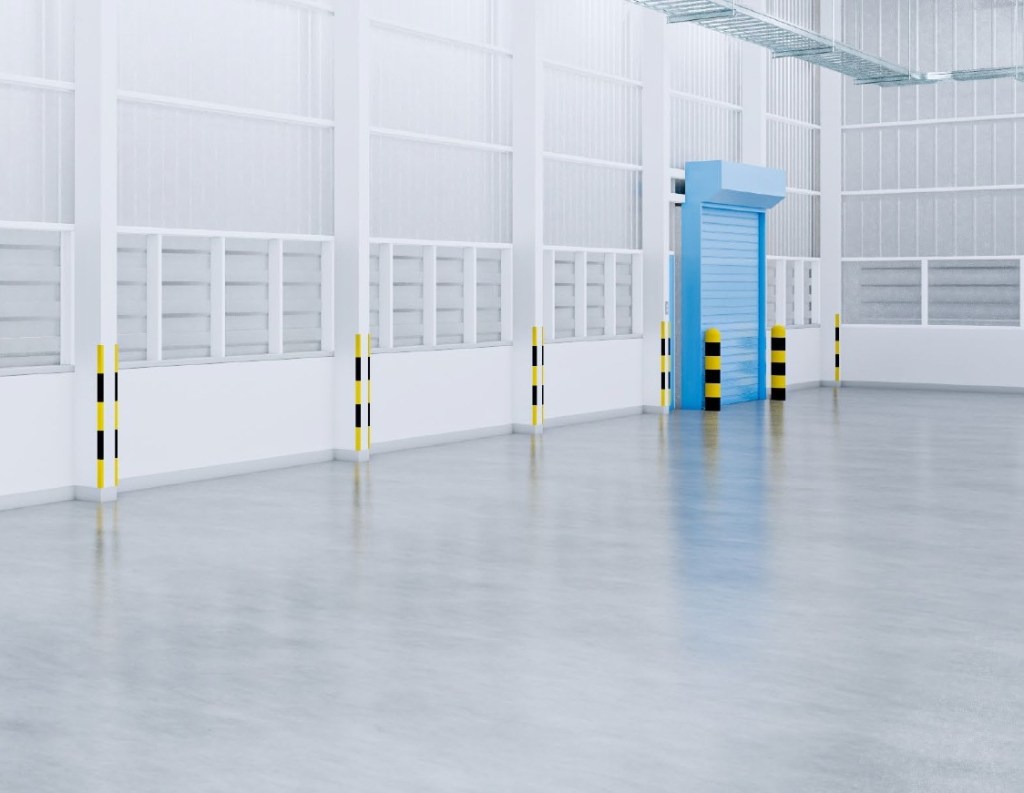
As online shopping gains momentum, the need for logistics and warehouse space is growing rapidly. In 2024, e-commerce sales jumped 8 percent, more than double the growth rate of overall core retail sales, reaching $1.19 trillion, according to the U.S. Census Bureau. Online sales made up 19 percent of core retail, and that share is expected to keep rising. The sector’s appetite for industrial space is especially large, requiring roughly three times more space per sales dollar than traditional retail.
No company illustrates this trend better than Amazon, which went on an aggressive expansion spree during the pandemic before pulling back in 2022. Now, it’s reportedly planning a $15 billion expansion—but trade policy uncertainty may delay those plans. Still, e-commerce’s long-term growth remains a given, with both digital-first companies and major retailers like Walmart and Target fueling ongoing demand for logistics space.
READ ALSO: Industrial Real Estate’s Future Depends on Adaptability
As of the end of March, industrial construction across the U.S. totaled 345.5 million square feet, accounting for 1.7 percent of the national inventory. While new project starts have decelerated in recent years, they remain above pre-pandemic norms, the CommercialEdge report shows. However, that momentum may shift this year, as rising development costs—driven in part by a 25 percent tariff on steel and aluminum—begin to take a toll. About one-quarter of the steel and aluminum used in the U.S. is sourced from abroad, compounding the challenge.
Some markets are still seeing sizable pipelines relative to their total stock. Memphis, Tenn., leads the pack with 4.2 percent of its inventory under construction, or 12.5 million square feet. Phoenix and Kansas City, Mo., each have 3.5 percent underway—15.1 million and 10.5 million square feet, respectively. Dallas (2.4 percent, 24.8 million square feet), Denver (2.3 percent, 6.4 million square feet) and Houston (2.2 percent, 14.7 million square feet) are also experiencing notable levels of development. Meanwhile, industrial sales for the first quarter of 2025 hit $11.7 billion.
Rents rise, but momentum eases
In March, the average national rent for industrial space climbed to $8.44 per square foot, ticking up by one cent month-over-month and rising 6.8 percent from a year earlier. New Jersey posted the highest rent growth nationwide, with an increase of 11.74 percent. The Sun Belt continued to lead regional growth, with Nashville in-place rents jumping 10.2 percent, followed by Atlanta (9.5 percent), Miami (9.2 percent) and Dallas (8.5 percent).
Despite the overall rent gains, growth appears to be cooling. The spread between newly signed leases in the past year and the average in-place rent narrowed to $1.92 per square foot—21 cents less than the previous month.
The national industrial vacancy rate rose to 8.5 percent in March, increasing by 30 basis points from the prior month. Although vacancies have been edging upward, CommercialEdge expects the rate to level off in the second half of 2025, with a potential decline beginning next year. Among major markets, Miami recorded the highest vacancy at 11.5 percent, followed by Chicago at 10.6 percent and Dallas at 10 percent. Denver (9.8 percent) and New Jersey (9.6 percent) rounded out the top five.
Read the full CommercialEdge report.

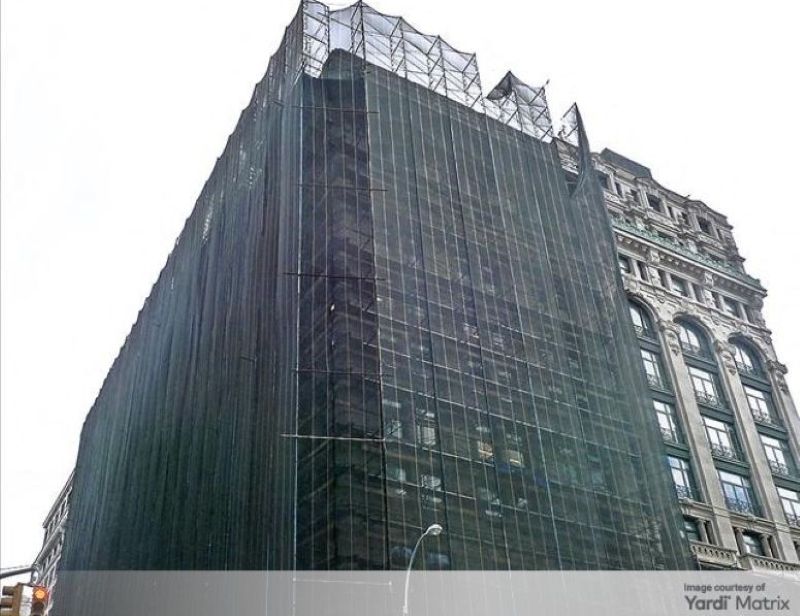
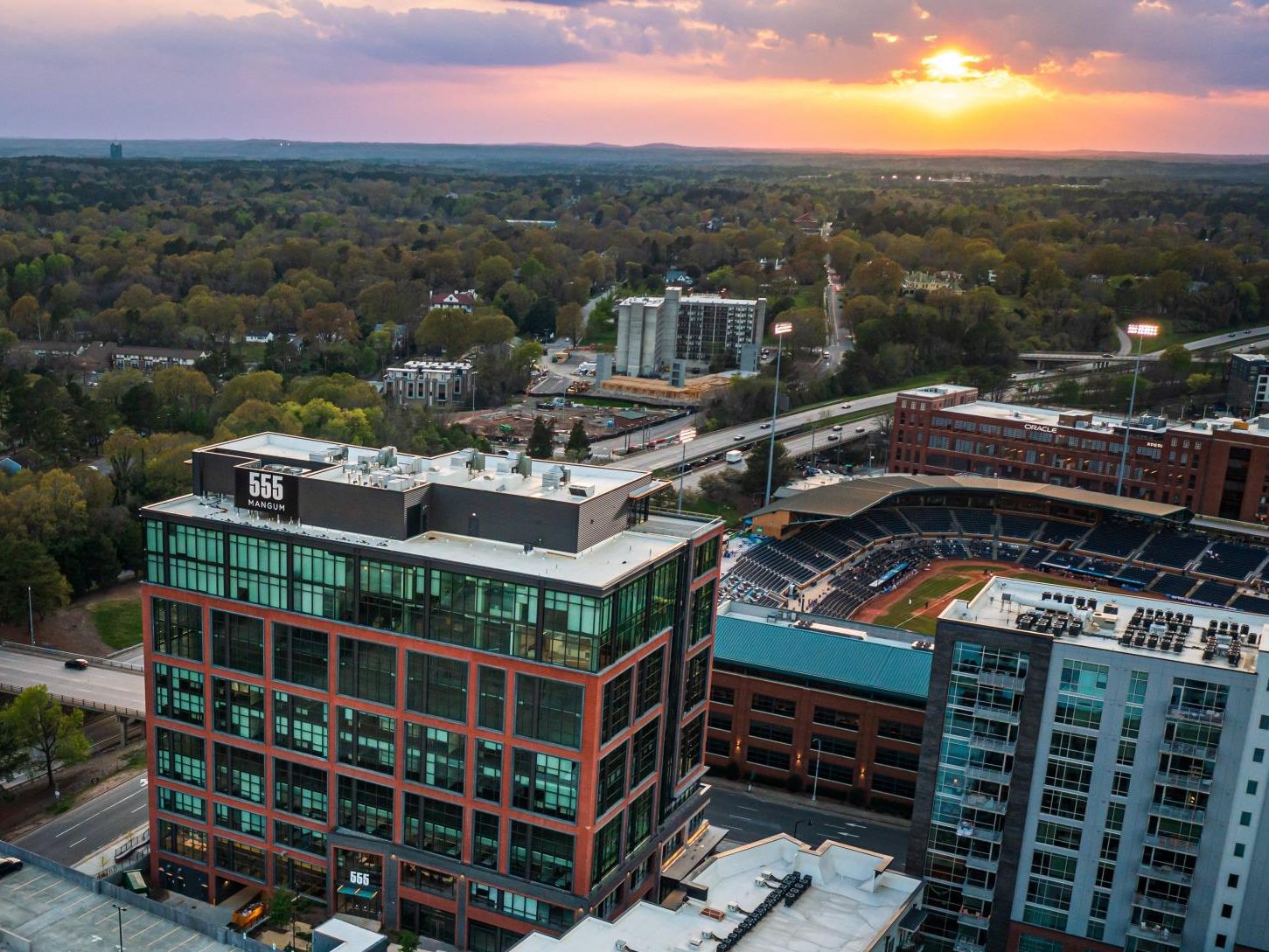
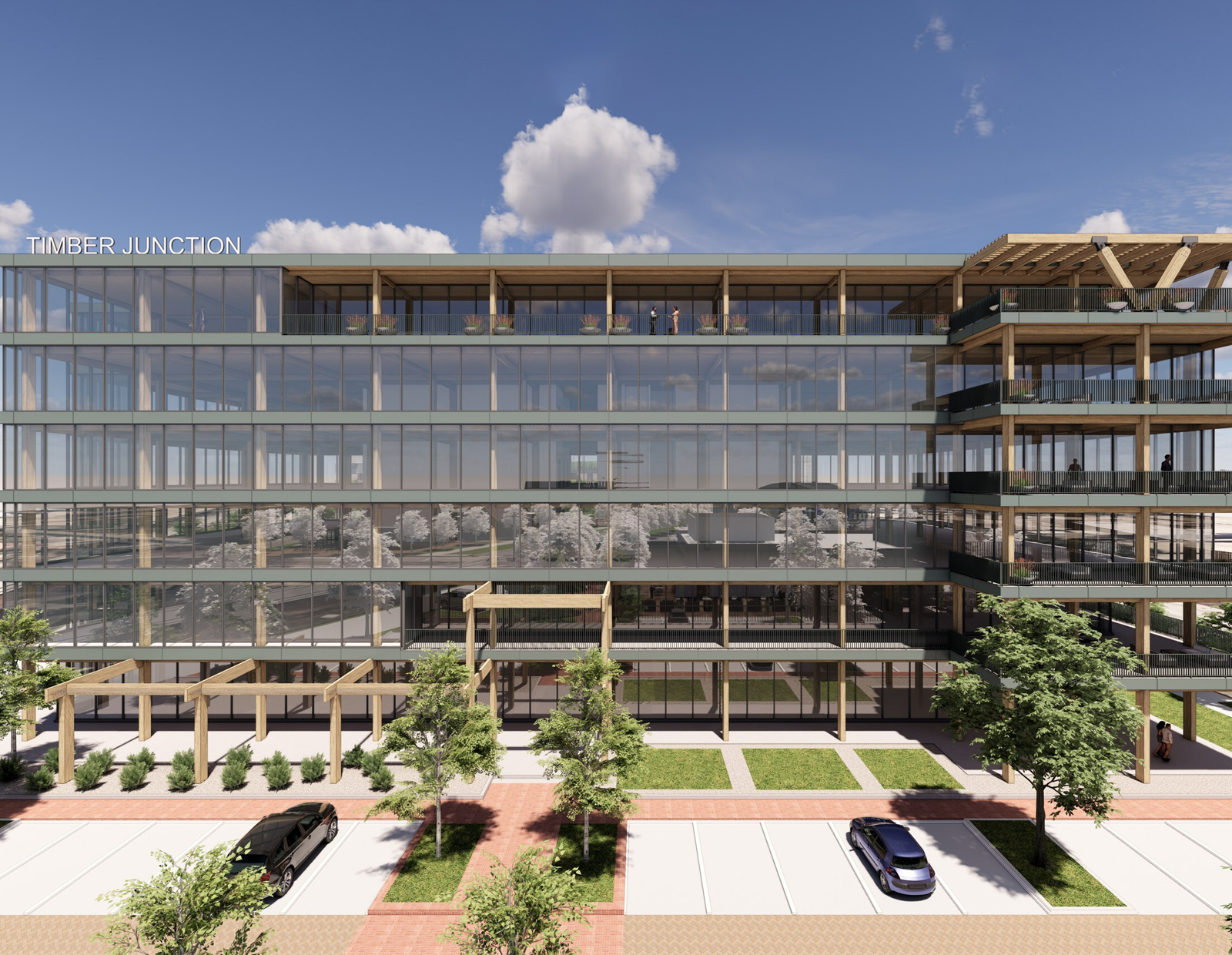
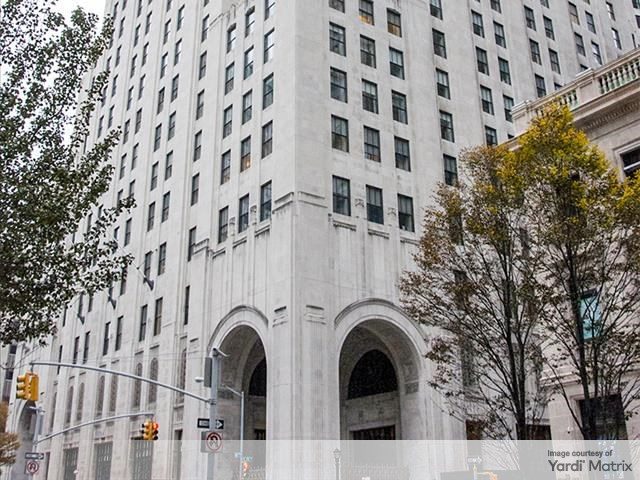
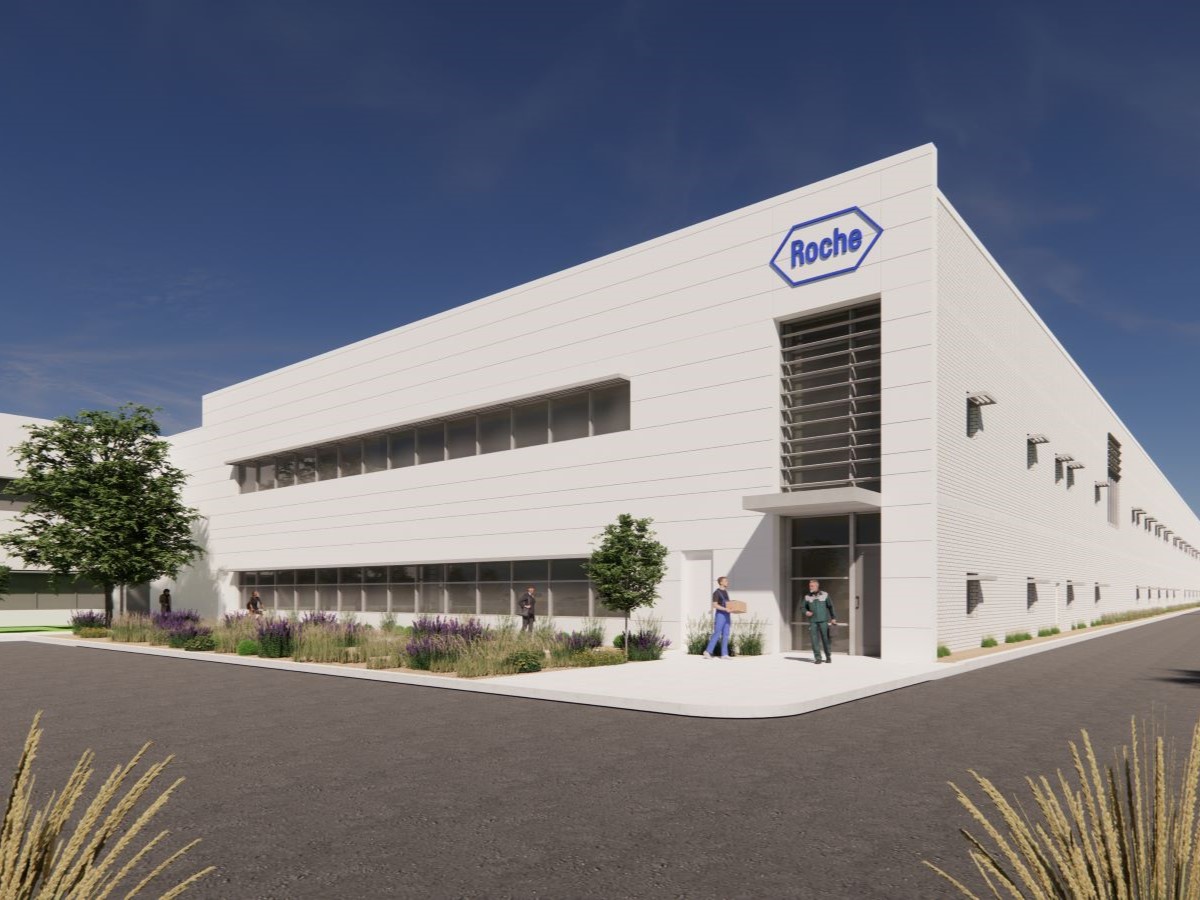
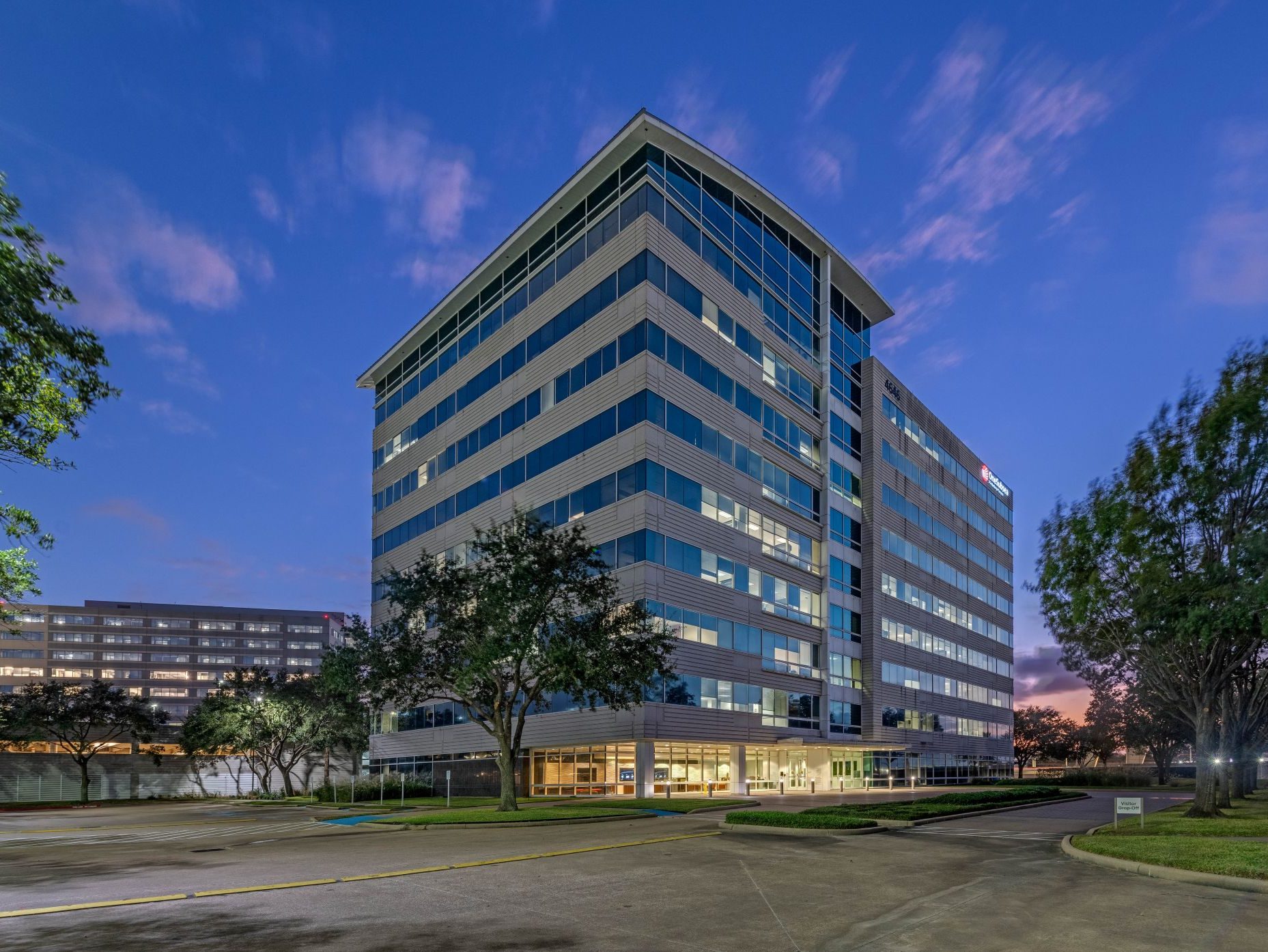
You must be logged in to post a comment.